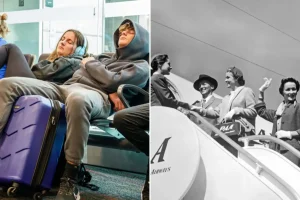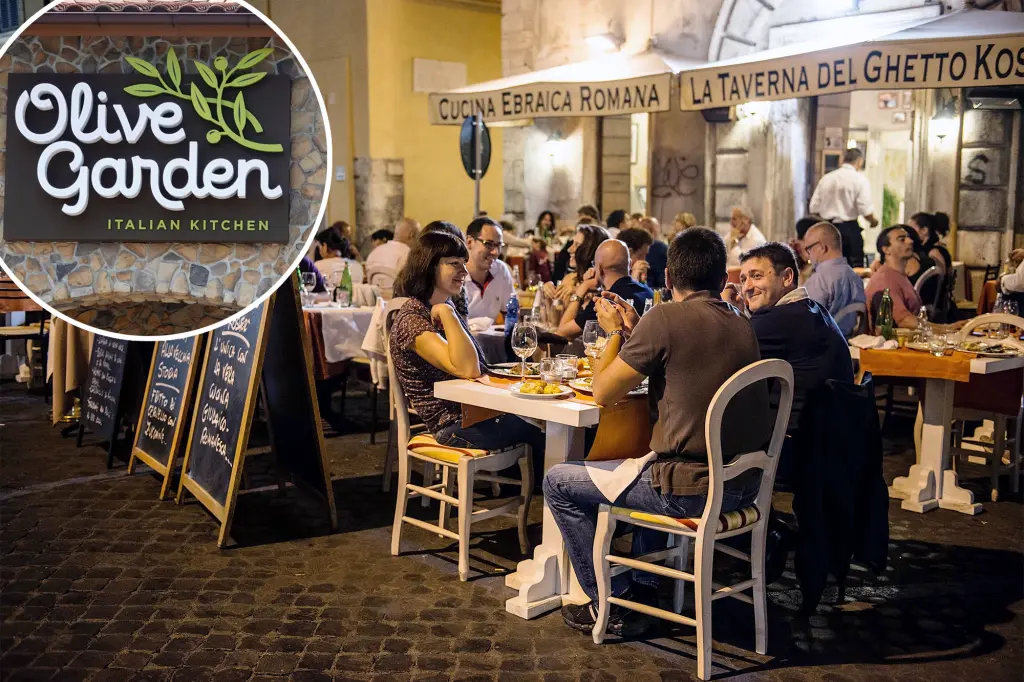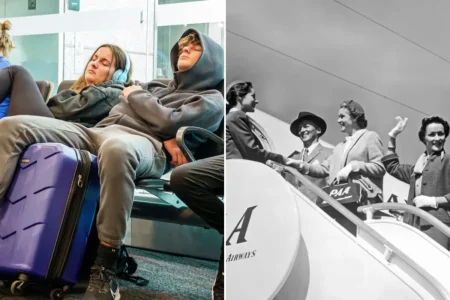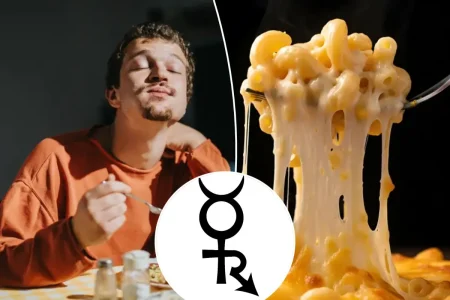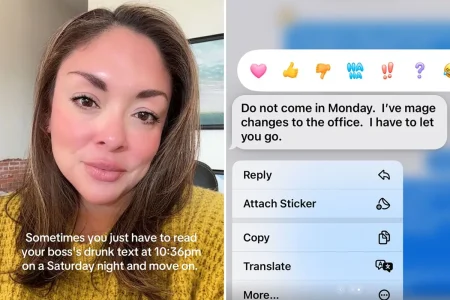American Tourist’s Hilarious Italian Culinary Misadventure
In a hilarious cultural misunderstanding that has since gone viral on TikTok, an American tourist from Boston attempted to order what many Americans consider a classic Italian dish while vacationing in Italy—only to discover that his beloved “Italian” food doesn’t actually exist in its country of supposed origin. The man, described by his daughter as her “Boston Irish father,” presented his waiter with a Google image of Olive Garden’s chicken parmesan, a breaded chicken cutlet typically served over pasta in American Italian restaurants. The encounter, captured on video and shared by his daughter, has amassed over 7 million views and perfectly illustrates the significant gap between Italian-American cuisine and authentic Italian food traditions.
The waiter’s reaction was priceless and educational: expressing visible shock while examining the image, he informed the tourist, “Only in the States. It doesn’t exist in Italy. I don’t know what it is. On the pasta? No, that’s horrible.” This interaction highlights a common misconception among American travelers—that dishes popularized in Italian-American communities and chain restaurants are authentic representations of Italian cuisine. In reality, many beloved “Italian” foods in America, including fettuccine alfredo and chicken parmesan, are either heavily adapted versions of Italian dishes or entirely American creations inspired by Italian culinary traditions. These transformations occurred as Italian immigrants adapted their cooking to American ingredients and tastes, creating what we now recognize as Italian-American cuisine.
While such culinary confusion might seem trivial, it represents a broader phenomenon of cultural adaptation and evolution. Italian-American food emerged in the late 19th and early 20th centuries when waves of Italian immigrants, primarily from southern Italy, arrived in America. Faced with different ingredients and seeking to cater to American preferences, these immigrants modified traditional recipes. Dishes became heartier, saucier, and often incorporated more meat than their Italian counterparts. Over generations, these adaptations became so established in American culture that many Americans are genuinely surprised to learn that their favorite “Italian” dishes would be unrecognizable to someone from Italy. The bewildered Boston father in the viral video perfectly embodies this cultural disconnect—expecting the familiar comfort of his American-Italian favorite in its supposed homeland.
This cultural miscommunication, while amusing, reflects a broader pattern of how food traditions travel and transform across borders. American Italian cuisine isn’t “wrong”—it’s simply evolved differently, shaped by immigration, adaptation, and a century of culinary development separate from its Italian roots. What makes the video particularly endearing is the genuine confusion of the American tourist, who likely grew up believing that dishes served at places like Olive Garden represented authentic Italian cuisine. His daughter’s decision to share this moment of cultural awakening resonated with millions of viewers who either related to the misunderstanding or enjoyed watching someone else experience this common travel revelation: that the “ethnic” food we grow up with in our home countries often bears little resemblance to the actual cuisine of the country of origin.
The story of the chicken parmesan-seeking tourist isn’t the only example of American travelers experiencing cultural surprises abroad. The post also mentions another viral TikTok incident where two American travelers accidentally boarded a flight to Tunis, Tunisia, believing they were heading to Nice, France. This pronunciation-based mix-up—where “Tunis” and “Nice” sound remarkably similar when spoken—resulted in the travelers landing on a different continent entirely before eventually making their way to their intended destination. Both stories highlight how easy it can be for travelers to experience unexpected cultural lessons when venturing abroad, whether through food or simple misunderstandings in communication.
These viral travel mishaps serve as gentle reminders of the value in approaching international travel with curiosity, flexibility, and a willingness to learn. While the chicken parmesan-seeking father may not have gotten his desired meal, he certainly gained something potentially more valuable—an authentic cultural exchange and a memorable story that resonated with millions. For travelers heading to Italy or any other country, there’s a beautiful opportunity in setting aside expectations based on adapted versions of a culture and instead embracing the authentic experiences that await. And for those who still crave chicken parmesan after their Italian vacation? The good news is that Olive Garden will be waiting back home, ready to serve that deliciously “horrible” chicken and pasta combination that would make an Italian waiter cringe but continues to satisfy American palates nationwide.

